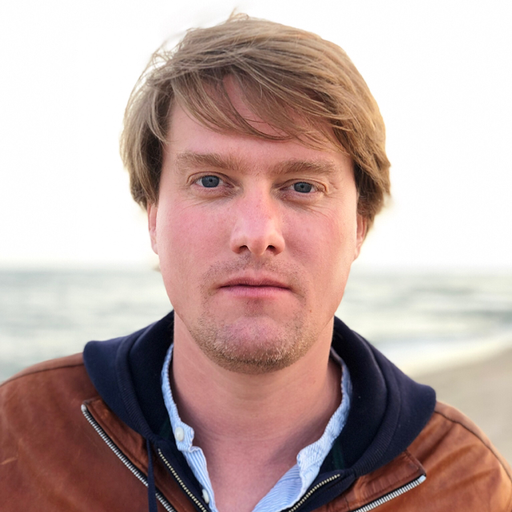What images had we really seen of Ukraine before it became the focus of world news coverage? The raw photographs by Boris Mikhailov or Alexander Chekmenev’s and Yelena Yemchuk’s gentler visions. Photographers who have been to the West, lived in Germ...




